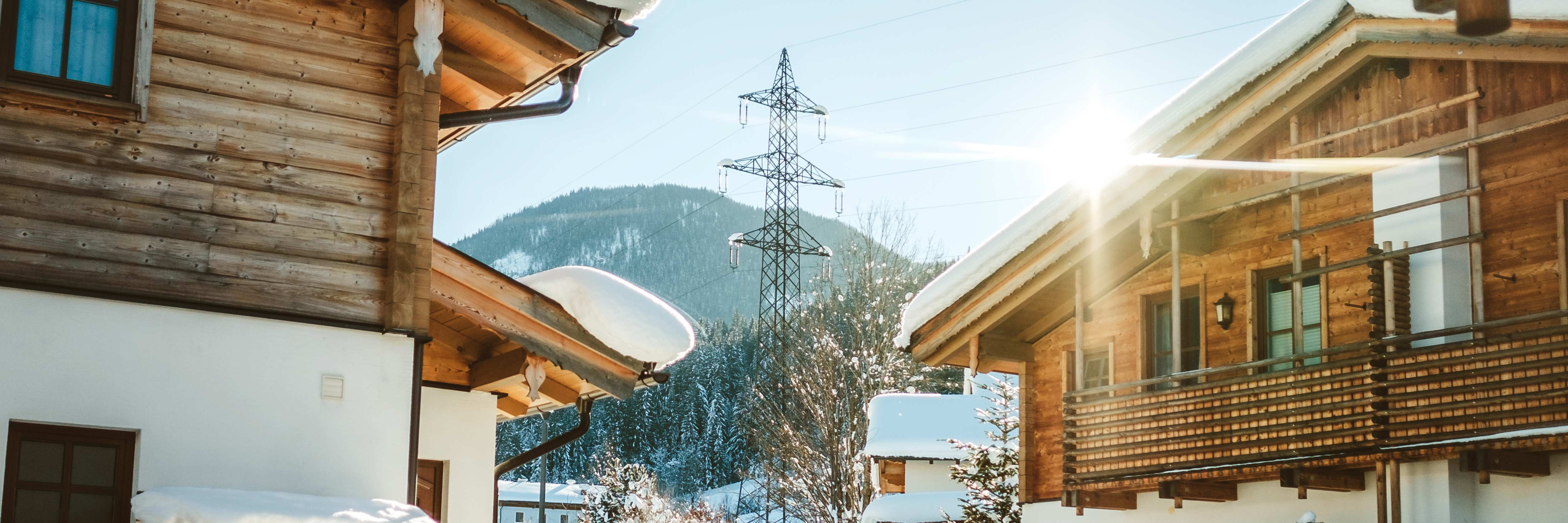
By living in a first world country we as Americans have become accustomed to climate controlled surroundings. We tend to take a lot for granted and sometimes forget how thankful we should be. For example, we like our homes to be warm when it’s cold and have our cars automatically start so by the time we enter it will be toasty.
Heating systems are designed to maintain a houses temperature by replacing heat that is lost. Here are five things to look for when heat is being lost.
Do you know your heating source?
Knowing what type of heating source your home uses is important. Do you use natural gas, propane, oil, wood burning stove, natural light, or electric? If you don’t know, you should probably become familiar with what type heats your home.
During the colder months of the year heat is primarily produced through these four sources: the sun’s warmth, a home heating system, heat that is generated by appliances (such as a dryer or dishwasher), and body heat from humans and their pets who occupy the home.
What causes heat loss in a home?
There are many ways that heat can be lost in a home. Mainly it’s lost through conduction in the walls, floor, roof, windows/doors, or through ventilation apertures in the form of air leakage. It is important to make sure your home is always up to date otherwise this could lead to pricey costs.
An average modern home built in the US will lose heat in the following percentages from the following sources:
- 35% Walls
- 20% Roof
- 15% each windows and ventilation
- 10% floors
- 5% doors
Apartments tend to lose heat much differently than homes do. Different apartment units suffer from heat loss differently. For example, a top floor apartment will suffer from roof heat loss while a bottom floor apartment will suffer from floor heat loss. A centrally located apartment is your best bet when looking to have the least amount of heat lost during cooler months. While some may think this is not ideal because of the noise that will come in through all four walls, you’ll save money on heat.
How to minimize heat loss…
Updating the insulation in your home and helping prevent heated air loss can significantly reduce your energy bill in fall and winter. These tips can help you cut down on top five culprits behind heat loss in your home:
- Recessed lighting- Fill in the gaps between your living and attic space by removing recessed lighting and installing an alternative such as track lighting.
- Attic hatches- Use foam weather stripping to tightly seal up gaps around your attic hatch entries. This reduces heat loss from your living areas to your attic space.
- Poor wall insulation- If an energy analysis shows that you are losing heat through your walls, increase the amount of batted insulation or have a contractor fill the gaps with blown cellulose fiber.
- Bathroom and laundry vents - If cold air is coming in through the vents when not in use, ask your handyman about installing new ones with a flap that drops to seal the opening when air is not being forced through it.
- Insufficient attic insulation If ice dam and icicles form on the eaves, the attic is likely insufficiently insulated. Have a roofing contractor check before shingles start to leak.
Addressing these five issues can reduce heat loss and energy bills in tandem!
Sources:
https://energy.gov/energysaver/do-it-yourself-home-energy-audits
https://www.e-education.psu.edu/egee102/node/2017
Most Viewed Pages
- Where does your Power come from?
- How Much Heat Does a Lamp or a Light Bulb Give Off?
- Your Summer Survival Guide: Reduce Energy and Prepare for Hurricanes
- This or That Thursday: Coffee Maker, or Toaster?
- Fall Energy Saving Tips!
- What You Ought to Know About Kilowatt Hours - kWh Explained
- Cutting Costs Around the House
- 6 Tips for Finding an Energy Efficient Home
- The Four Best Things You Can do to Cut Energy Use in your Home
- 4 Ways to Improve Air Conditioner Efficiency











